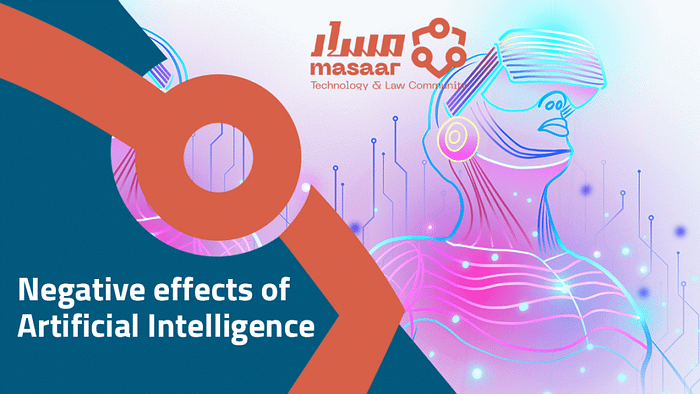The Negative Effect of AI in Media: A Call for Caution

Introduction
Artificial Intelligence (AI) has revolutionized various industries, including media and journalism. While AI has brought many benefits, such as automation and improved efficiency, it is essential to acknowledge the potential negative consequences it can have on media. In this blog post, we will explore the darker side of AI in media and discuss the need for caution when integrating AI into journalistic practices. By understanding these risks, we can work towards harnessing AI’s potential while ensuring ethical and responsible use.
Section 1: The Rise of AI in Media
Over the past decade, AI has made significant advancements in media, enabling automated content creation, personalized news recommendations, and even deepfake technology. These developments have streamlined processes, enhanced user experiences, and expanded media reach. However, with these advancements come potential risks that must be addressed.
Section 2: Spread of Misinformation and Fake News
One of the major concerns regarding AI in media is its potential to amplify the spread of misinformation and fake news. AI algorithms can quickly generate and disseminate false information, making it difficult for users to distinguish between authentic and fabricated content. This poses a threat to societal trust and can have severe consequences on public opinion and decision-making.
Section 3: Lack of Human Oversight
As AI becomes more prevalent in media, there is a risk of diminishing human oversight in content creation processes. While AI algorithms can automate tasks and generate content at scale, they lack the critical thinking abilities and ethical judgment that human journalists possess. Without proper human oversight, AI-generated content may lack accuracy, context, and journalistic ethics.
Section 4: Bias and Discrimination
AI algorithms are trained on vast amounts of data, including historical data that may contain inherent biases. When used in media, AI can inadvertently perpetuate these biases, leading to discriminatory outcomes. For example, AI-powered news recommendation systems may reinforce echo chambers and filter bubbles by presenting users with content aligned with their existing beliefs, limiting exposure to diverse perspectives.
Section 5: Threat to Journalistic Integrity
AI-generated content runs the risk of compromising the integrity of journalism. Authenticity, fact-checking, and accountability are essential pillars of journalism that require human involvement. Relying solely on AI for content generation may lead to a decline in journalistic standards and erode public trust in the media.
Section 6: Deepfake Technology
Deepfake technology, powered by AI, has raised concerns about its potential misuse in media. Deepfakes refer to manipulated videos or audio recordings that appear convincingly real but are entirely fabricated. This technology can be exploited to spread misinformation, defame individuals, or manipulate public perception. The rise of deepfakes poses a significant challenge to media credibility and trust.
Section 7: Ethical Considerations and Transparency
When implementing AI in media, ethical considerations must be at the forefront. Transparency regarding the use of AI algorithms is crucial to maintain trust with audiences. Media organizations should disclose when AI is used in content creation and clearly distinguish between AI-generated and human-generated content. Additionally, ethical guidelines should be developed to ensure responsible AI use in journalism.
Section 8: The Need for Responsible AI Practices
To mitigate the negative effects of AI in media, responsible practices must be adopted. Media organizations should prioritize human oversight in content creation processes, including fact-checking and verification. They should also invest in AI systems that are designed to minimize biases and promote diversity of perspectives. Collaboration between journalists and AI experts is essential to strike a balance between automation and human judgment.
Section 9: Educating the Public
Public awareness and education about AI’s limitations and risks in media are crucial. Media literacy programs should be implemented to equip individuals with the skills necessary to critically evaluate information sources and identify potential biases or manipulations. By empowering the public with knowledge, we can collectively combat the negative effects of AI in media.